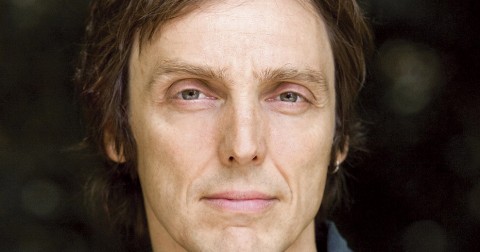
*Co-sponsored by Yale Quantum Institute
About the Event
Can we make a human being? That question has been asked for many centuries, and has produced recipes ranging from the homunculus of the medieval alchemists and the clay golem of Jewish legend to the cadaverous mosaic of Frankenstein’s monster and the mass-produced test-tube babies of Brave New World’s Hatcheries. All of these efforts to create artificial people are more or less fanciful, but they have taken deep root in Western culture. They all express fears about the allegedly treacherous, Faustian nature of technology, and they all question whether any artificially created person can be truly human. Legends of people-making are tainted by suspicions of impiety and hubris, and they are regarded as the ultimately ‘unnatural’ act, offering a revealing glimpse of changing attitudes to the relationship between nature and human art. Philip Ball will discuss what has changed, and what has not, from the legends of Daedalus and Prometheus through to the stem-cell and assisted reproductive technologies of today.
Talk open to all and will be accessible to students, researchers, the wider university public and the New Haven Community.
About Philip Ball
Philip Ball is a freelance science writer. He worked previously at Nature for over 20 years, first as an editor for physical sciences (for which his brief extended from biochemistry to quantum physics and materials science) and then as a Consultant Editor. His writings on science for the popular press have covered topical issues ranging from cosmology to the future of molecular biology.
Philip is the author of many popular books on science, including works on the nature of water, pattern formation in the natural world, colour in art, the science of social and political philosophy, the cognition of music, and physics in Nazi Germany. He has written widely on the interactions between art and science, and has delivered lectures to scientific and general audiences at venues ranging from the Victoria and Albert Museum (London) to the NASA Ames Research Center, London’s National Theatre and the London School of Economics.